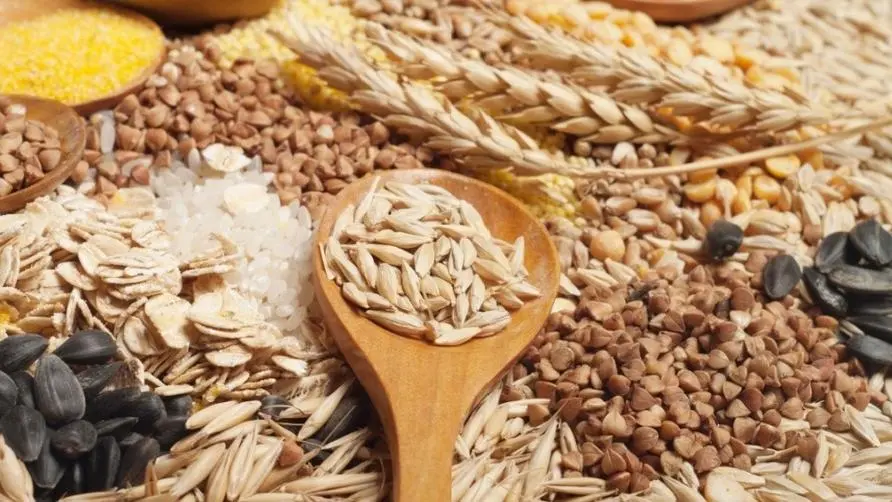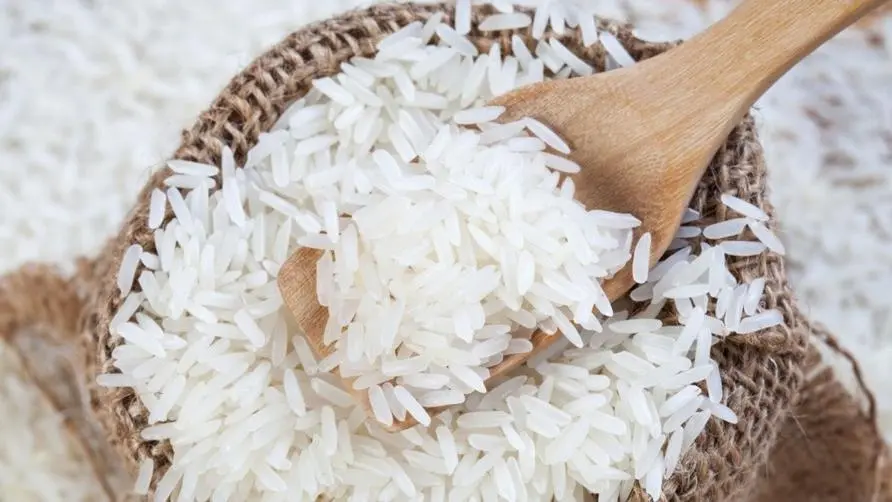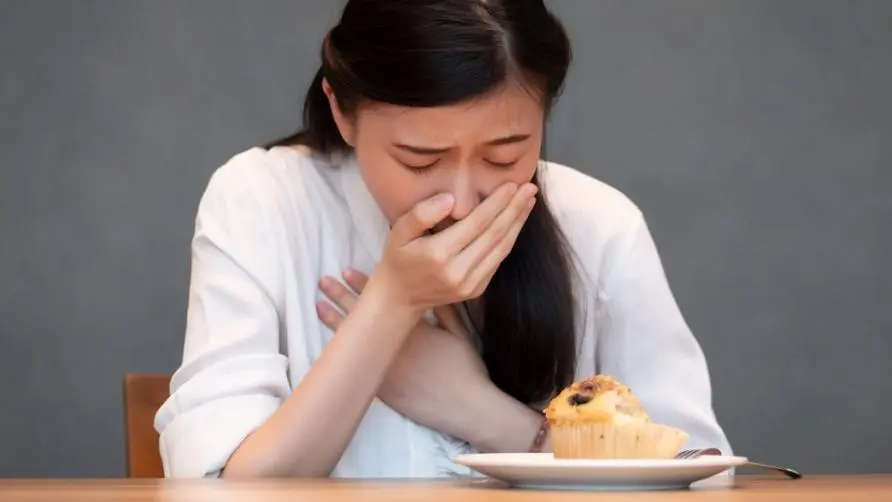Does bongkrekic acid make rice products "stigmatized"? Nutritionist clarifies: Rice can be eaten safely!

A mass food poisoning incident broke out at the Malaysian vegetarian restaurant “Baolin Tea Room” in Taipei. According to the current food poisoning cases announced by the Taiwan Ministry of Health and Welfare, the total number of food poisoning cases has reached 30; of them, 2 people died and 5 people are in critical condition. Many people mistakenly believe that “bongkrekic acid” may occur in fermented products related to rice or glutinous rice. At present, experts have come forward to clarify that the name of bongkrekic acid is not directly related to “rice”, and you can eat rice with peace of mind!
Does bongkrekic acid not necessarily only contaminate rice products? Is there still toxic residue after heating at high temperatures?
So is bongkrekic acid a toxin or a bacterium? How to poison people? In fact, bongkrekic acid is mainly produced by Burkholderia gladioli. It is a colorless and odorless toxin. It is most suitable for growth in an environment of 22-33 degrees Celsius, neutral pH and fatty acid-rich food. , and may still survive and remain toxic even under high temperatures (such as cooking and heating over high fire).
Why is bongkrekic acid so toxic? This has to talk about the “glandular glands” in human cells. The mitochondria are like the power plants of cells, providing appropriate energy for cell operation. The toxins produced by bongkrekic acid will inhibit the energy production of the mitochondria, causing all cells in the body to lose energy instantly, causing all cells to be unable to function. The organs in the body that consume the most oxygen are also likely to be damaged the fastest. This major food safety incident has made people panic. What foods may produce bongkrekic acid? In fact, it can be roughly divided into the following categories:
Rice products, rice noodles, rice rolls, rice noodles, rice cakes, rice cakes.
Corn products. There have been cases of poisoning after eating fermented corn noodles.
Coconut products, by-products of extracting coconut meat.
Fungus and white fungus, especially those that have been soaked for too long or not properly preserved. If you need to soak for a long time, be sure to soak in the refrigerator to minimize bacterial growth.
In addition, special attention should be paid to foods made from potato products or other grains.
What symptoms will occur if you accidentally ingest “bongkrekic acid”? Nutritionist reveals 3 tips to reduce toxin formation
If you are unfortunate enough to eat food contaminated with bongkrekic acid, what symptoms may occur? Generally speaking, the incubation period of bongkrekic acid poisoning is expected to be 1-10 hours. The organs most likely to be affected are the liver, brain and kidneys. Symptoms include: dizziness, drowsiness, abdominal pain, vomiting, etc. It should be noted that in severe cases, as little as 1 mg of toxin may be fatal, with a fatality rate of more than 40%.
As for what everyone is most curious about, how to prevent bongkrekic acid? In fact, the risk of poisoning can be initially prevented by doing three simple things. The first is to preserve rice products well and do not leave the ingredients at room temperature for too long; the second is to pay attention to the shelf life when purchasing. Finally, as a reminder, studies indicate that adding acids such as lemon juice, vinegar, or lactic acid to ensure the mixture is acidic can help reduce the chance of toxins forming!
Extended reading: Is it difficult to tell if food is contaminated with “bongkrekic acid”? Experts reveal the fatal dose: reheating and cooking are useless





